There is a plethora of classical music applications or ‘apps’ (computer software that can be downloaded to your electronic device) for everyone nowadays, from students to professional musicians to music-lovers. In Part One of this series, we look at some of the best apps for students and musicians.
For Children Beginning to Learn an Instrument
Flashnote Derby| iPhone, iPad, iPod touch
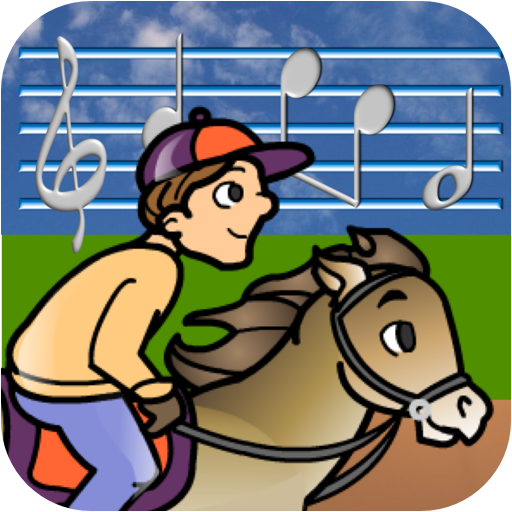
Learning to read notes is often a tedious process for young children. Flashnote Derby is a horse-racing game that makes it fun for kids to practise reading notes. In this game, each race is essentially a timed test in which notes appear on a stave at the top of the screen and the player has to identify these correctly in order to make his horse move forward. Incorrect answers will cause the horse to fall behind. Players can choose to answer by touching letter buttons or playing a key on the on-screen piano, or even by responding on their acoustic or MIDI instruments. Settings can be customised: you can choose between treble, bass, alto, or tenor clefs, or choose to focus on a specific range of notes including sharps and flats as well as key signatures. The duration of each note can also be decreased or increased to make it more or less challenging for the player. The best feature about this app is that each player’s performance is recorded so you can see which notes need more attention.
For Theory and Aural Training
Tenuto| iPhone, iPad, iPod touch

Theory Lessons | iPhone, iPad, iPod touch
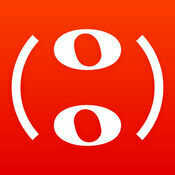
For those looking for theory practice exercises, Tenuto is the perfect app. This is a test-yourself app full of exercises for: i) note/ key signature/ interval/ scale/ chord identification; ii) note/ key signature/ interval/ scale/ chord construction; iii) keyboard/ note/ interval/ scale/ chord ear training. You can even choose keyboard or guitar fretboard identification. For theory lessons rather than tests or exercises, musictheory.net’s other app Theory Lessons provides animated lessons covering basic theory elements (such as ledger lines, time values, major/minor scales etc) to more complicated topics (such as chord progessions, Neapolitan chords, and voicing chords).
ABRSM Aural Trainer (Grades 1-5 and Grades 6-8) | iPhone, iPad, iPod touch
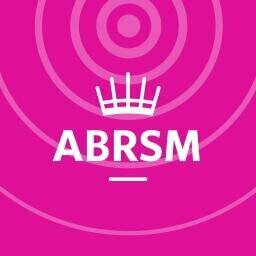
This official ABRSM aural training app is based on the components of the ABRSM aural tests, but is useful for anyone looking to improve their listening skills. These interactive exercises aim to improve your sense of pulse (so you can identify the metre), develop your musical memory (through repeating a melody or identifying differences in pitch and rhythm), improve sight-singing, and help you understand and spot the different characteristics of music composed in different periods via identifying features such as dynamics, articulation, tempo, and tonality. Some exercises are marked automatically, and you are able to compare your response against the sample response. Progress is also recorded so you can see what areas require more practice.
For An Alternative to Using Paper Scores
PiaScore| iPhone, iPad

Since the screens of electronic devices are somewhat limited to displaying one page of music realistically (as it is considerably constrained by the screen size), no app can really replace paper scores. Thus, I think the best feature of this sheet music viewer app is the access to the IMSLP (International Music Score Library Project/ Petrucci Music Library, allowing users to download a huge selection of classical music scores for free. It also supports Dropbox, and users can also transfer their own sheet music PDF files to piaScore via iTunes. Or you can scan scores by using the ‘camera capture’ feature. There is an option for automatic scrolling (for which you can adjust the speed), or you can turn pages manually by swiping to the left and right. You can also annotate scores as if using a pencil. Other useful features include a metronome, a link to related YouTube videos, a tuner, and a recorder. You can also connect to the AirTurn PED (Bluetooth pedal controller) or the piaScoreAir app (iPhone remote page turning controller) to facilitate page turning (both sold separately).
For Music Notation
Touch Notation | iPhone, iPad, iPod touch
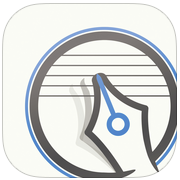
Kawai Musical Instruments has come up with an easy to use music notation app, which allows musicians to draw directly onto the on-screen score using a finger or touch pen. The layout is simple and uncluttered, with pull-out and swipeable circle controls in order to maximise on-screen workspace. Musical symbols, expressions and performance directions such as accents and change in dynamics and metronome symbols can easily be added as if you are writing freehand on the score, and the playback feature allows the user to selectively playback parts of the score. Completed scores can be emailed as PDFs, printed wirelessly using AirPrint, or saved to Dropbox etc. Other features that make it extremely helpful include the Copy and Paste function, the Transpose function and the Spacing function (to automatically adjust alignment) amongst others.
A Tool for Every Music Student
Touch Metronome | iPhone, iPad, iPod touch

From the same maker of Touch Notation comes this handy tool that is useful for anyone learning an instrument. This metronome is clear, accurate, and super easy to use, with a customisable layout – the size, colour, and position of the buttons can be moved, and you can even use a photo from your device as the background wallpaper. The tempo can be set in a number of ways, from swipping the big dial, to tapping on the tempo indicator, and it can also be easily halved or doubled by swipping down or up. There are also preset Italian tempo options to choose from. Likewise, you can swipe to select the number of beats in each bar, and you can choose to have certain beats accented or silenced. There is a button to choose rhythmic patterns within each beat, for example subdivision of each beat into quavers or triplets or to set a swing rhythm pattern. This is really one of the best metronome apps available on the market! For those looking for digital tuners, Kawai’s Touch Tuner app should also prove useful.
For more of the best in classical music, sign up for our E-Newsletter



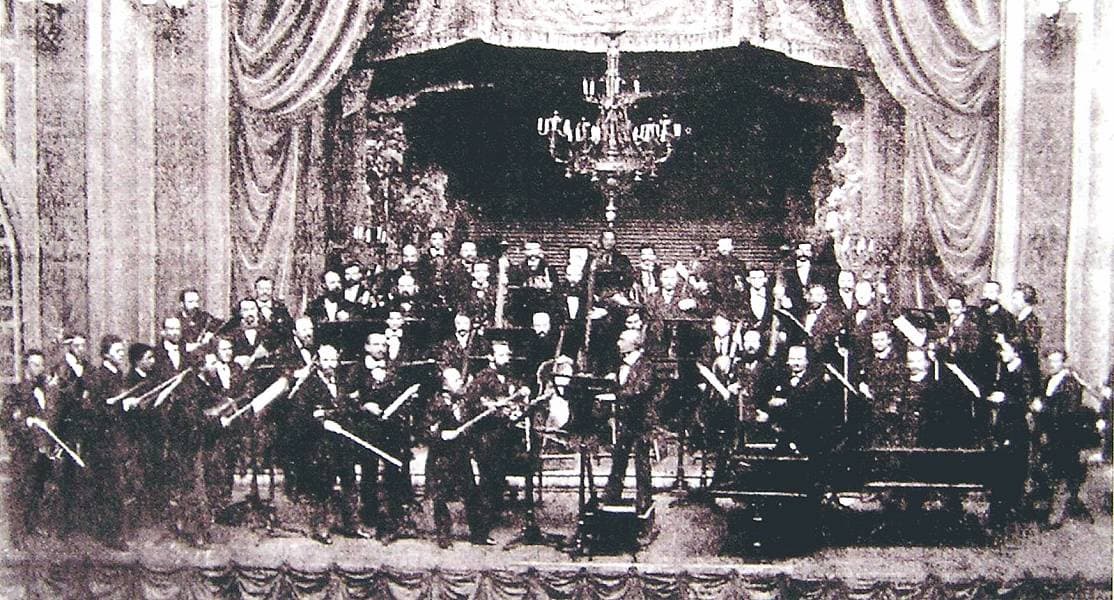
E-MusicMaestro.com is by far the most popular online aural training solution, covering Trinity aural as well as ABRSM. A pity you didn’t mention this.